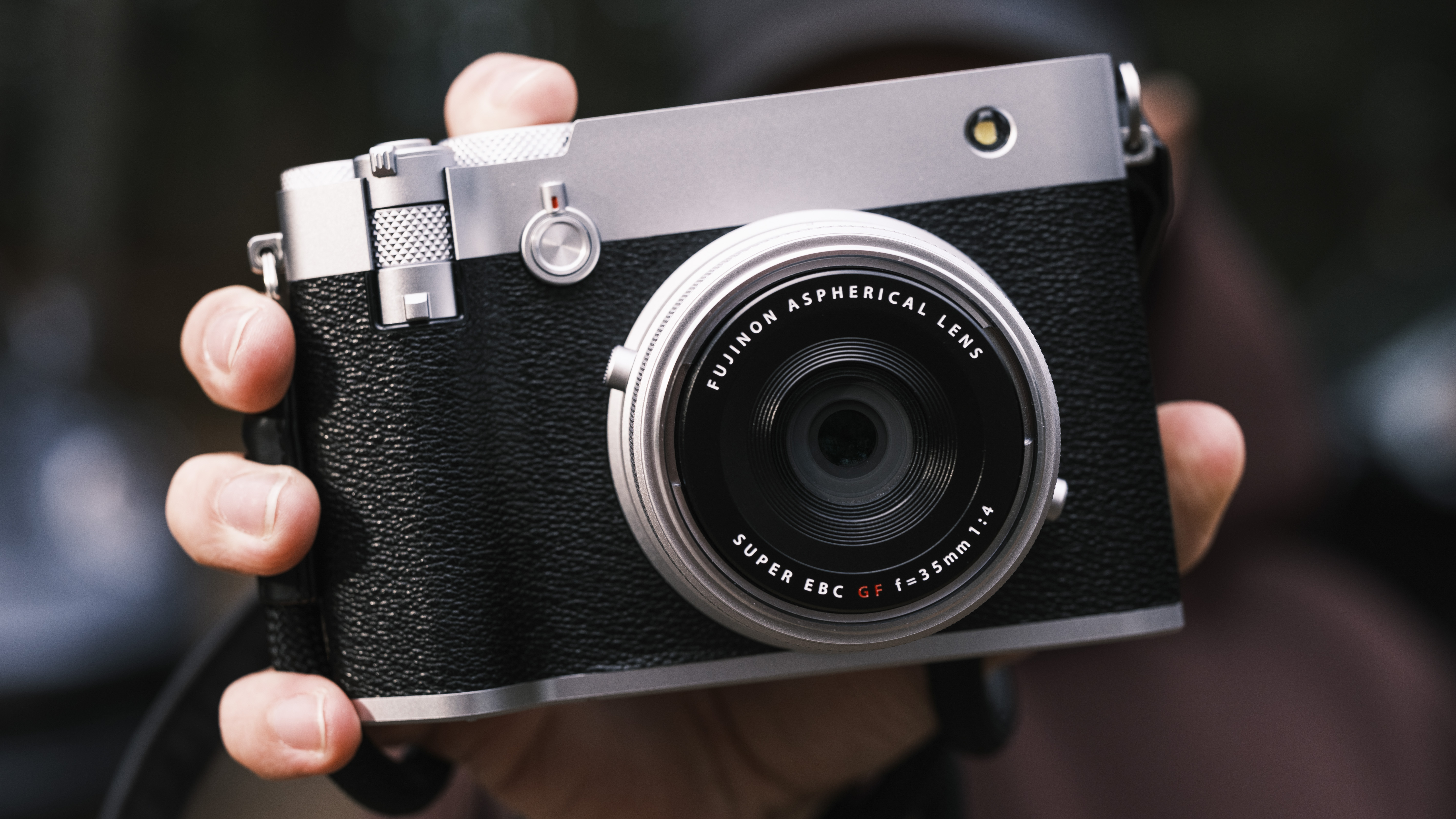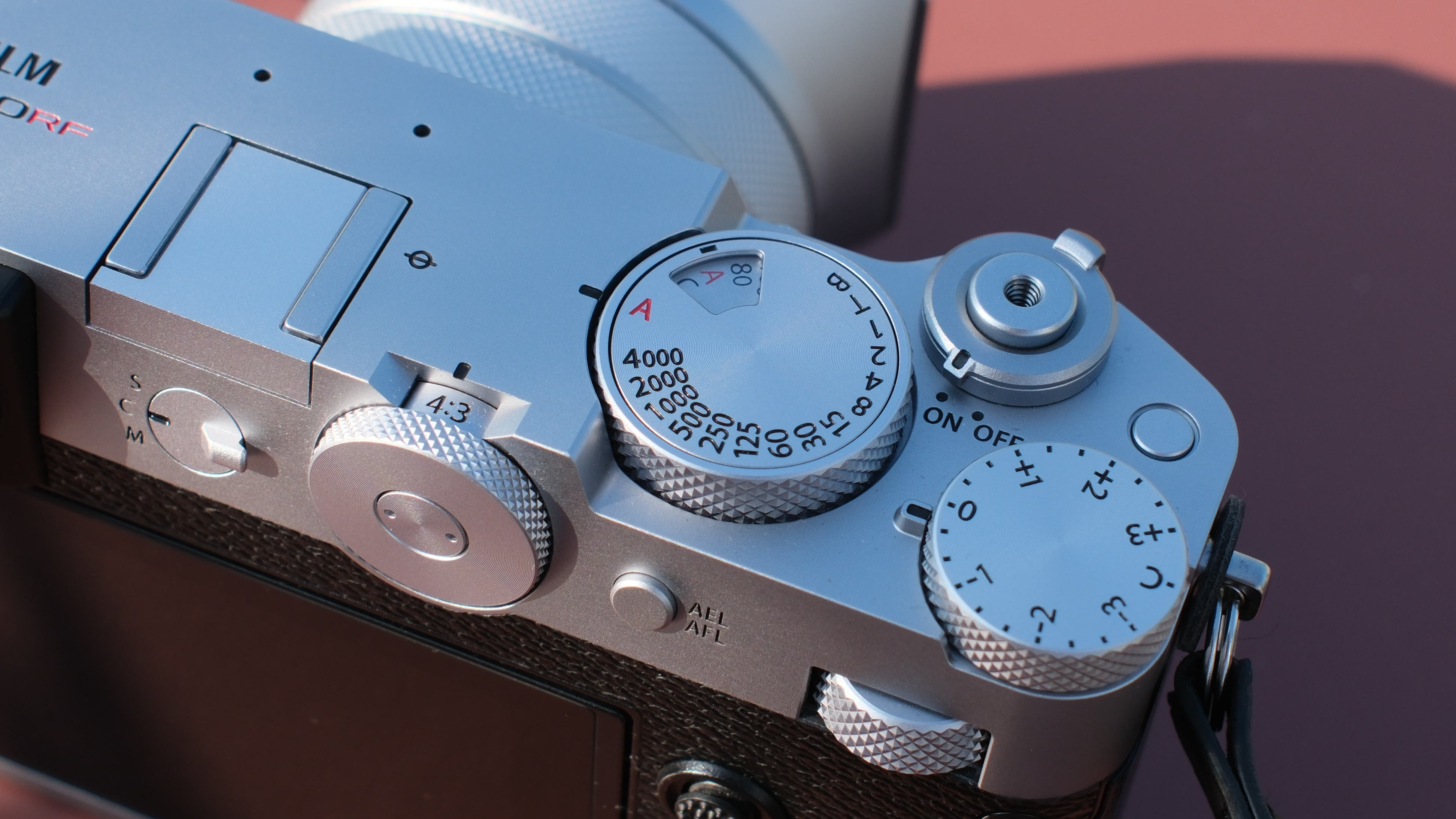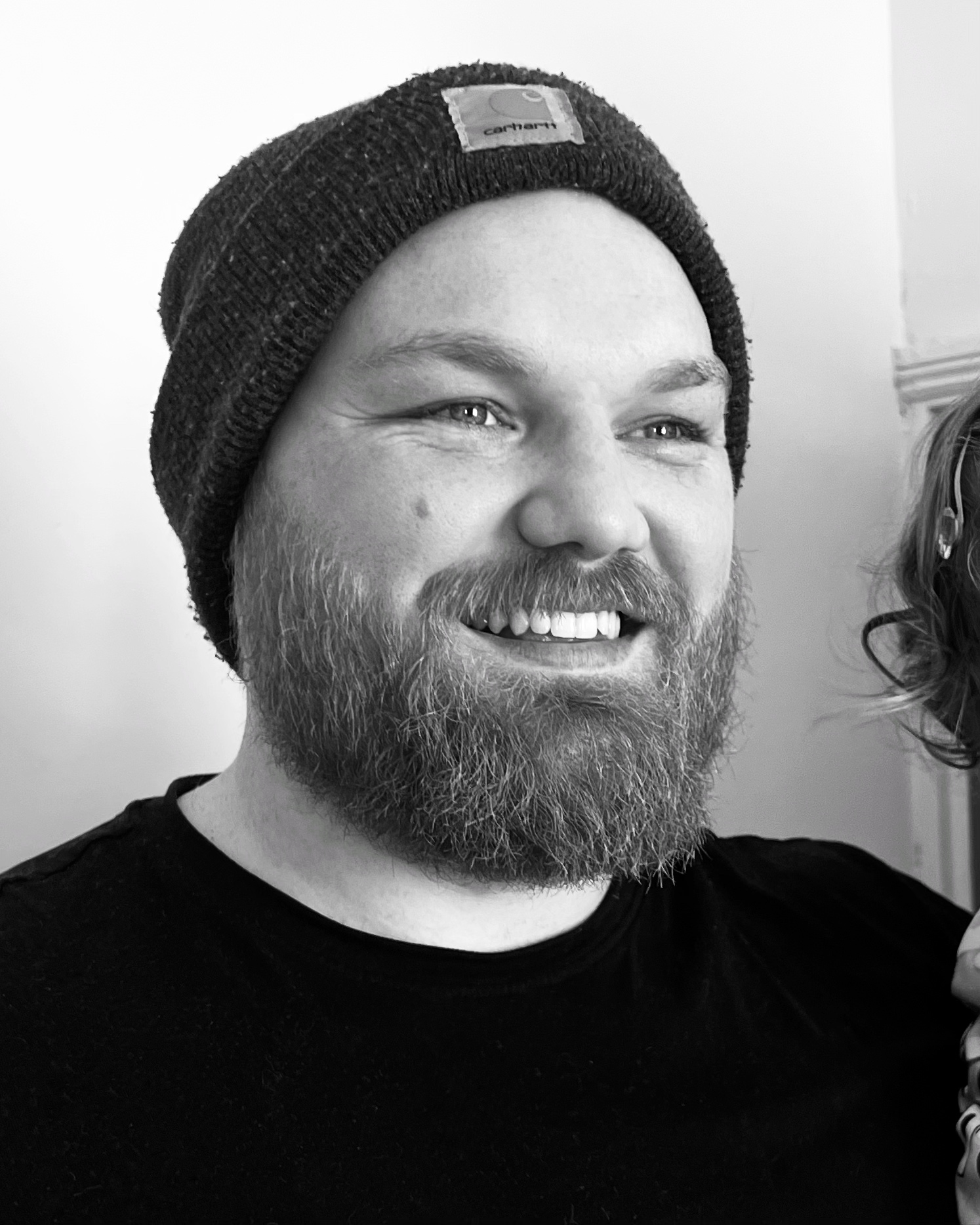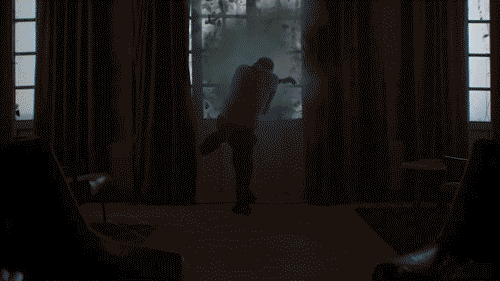The Fujifilm GFX 100RF is the medium format compact camera I should love… but don’t
Fujifilm’s boldest GFX yet is a triumph of design and ambition, but is it solving a problem I didn’t have?

Few camera announcements make me sit up in my chair when I hear them, but the recent Fujifilm GFX 100RF was one of them.
A fixed-lens, medium format compact camera built for the street, wrapped in a sleek, minimalist body and armed with the sensor I know and love. It should have set my heart racing.
I’m a GFX user and I admire what Fujifilm is doing with the system. I’ve shot long projects with the Fujifilm GFX 50S II and 100S and I’ve felt, firsthand, how medium format cameras shift your way of seeing – not just in resolution, but in approach and restraint. Yet, when I saw the 100RF, I didn’t feel drawn to it in the way I was expecting I would.
Not out of snobbery or loyalty to older gear. Not even because of the price, which is predictably ambitious. But because something in me couldn’t square the idea of a fixed lens on a system that has, until now, been all about modularity and slow, deliberate choice.

I admire Fujifilm for swinging big in a market that often plays it safe, lord knows we need that. But when I imagine myself working with the 100RF, it’s not excitement I feel; it’s friction. And that surprised me.
Because I want to love it. I want to be on board. There’s a romance in the pitch; a medium format camera, stripped back and ready to roam. A tool that refuses the bulk of tradition and puts image quality into a street-style body.
There’s also a boldness in what Fujifilm is doing by continuing to carve its own path, while the rest of the industry converges around the same tired formulas.
Get the Digital Camera World Newsletter
The best camera deals, reviews, product advice, and unmissable photography news, direct to your inbox!
I want to be clear, the GFX 100RF is beautifully made. The new Aspect Ratio Dial alone is a small, tactile stroke of genius and is exactly the kind of playfulness I wish more manufacturers embraced. But I keep circling back to one question: Who is this for?
The GFX system has always felt like an invitation to slow down. It’s not a camera you sling over your shoulder for casual walks (even if you could), and spontaneous captures. To me, it’s a camera you build around an idea. You choose your lens carefully. You think in series. You shoot less, not more. That’s exactly what drew me to it in the first place.
When I want spontaneity, I reach for something smaller, lighter, and quicker. The X100 series has long been my tool for that kind of work. It’s a joyfully self-contained camera, perfect for seeing and responding without overthinking. But the GFX system has always asked more of me, and in return, gives me more.

So when a GFX arrives with the design language of an X100, I start to feel like two philosophies are being awkwardly fused. One is built around intention and the other around instinct. I’m not sure those approaches cohabitate well in a single camera; at least not in a way that justifies locking in a single lens forever.
There’s a tendency in camera discourse to treat every new release as either a revolution or a mistake. I don’t see the GFX 100RF as either. It’s a fascinating object, a considered tool, and a statement of intent. But I’m not convinced it’s a necessary evolution of the GFX system. At least, not for photographers like me.
But I think it’s okay to feel ambivalent, to appreciate the craftsmanship and still wonder about the concept. To admire the ambition while holding onto your own way of working. As always, I look forward to what Fujifilm brings us next, and how it can continue to push the boundaries of medium-format photography even if it's not for me.
you may also like
Check out our guides to the best Fujifilm cameras, the best compact cameras, and the best medium format cameras.

Kalum is a photographer, filmmaker, creative director, and writer with over 10 years of experience in visual storytelling. With a strong focus on photography books, curation, and photo editing, he blends a deep understanding of both contemporary and historical works.
Alongside his creative projects, Kalum writes about photography and filmmaking, interviewing industry professionals, showcasing emerging talent, and offering in-depth analyses of the art form. His work highlights the power of visual storytelling, fostering an appreciation for the impact of photography.
You must confirm your public display name before commenting
Please logout and then login again, you will then be prompted to enter your display name.
